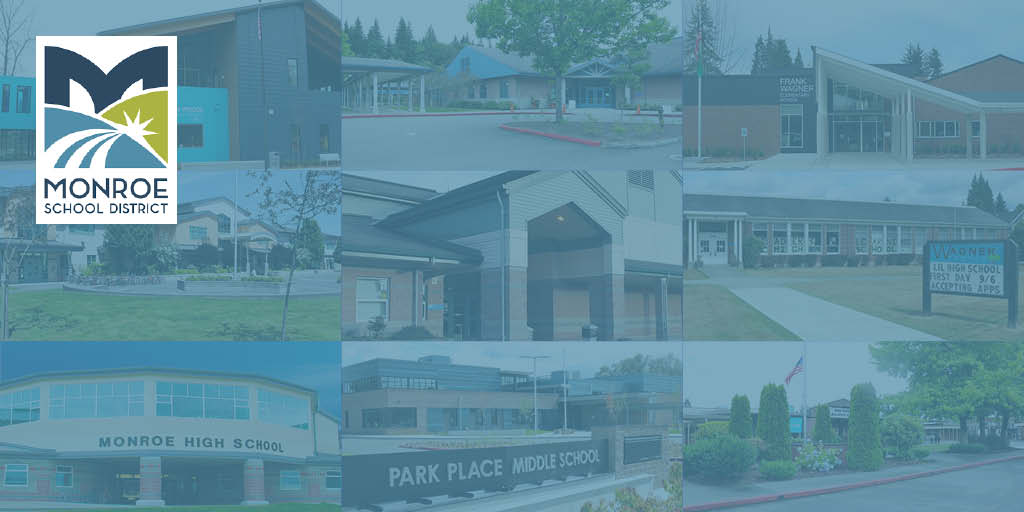
Like many school districts, Washington’s Monroe School District was suffering with technology and equipment that was anywhere from eight to 12 years old in a world where anything older than four is considered a dinosaur. “We had all sorts of different equipment across 376 instructional spaces,” says Rachelle Butz, executive director of digital learning and infrastructure for the district. “It was problematic from a learning standpoint because teachers won’t use technology if they can't trust it to be reliable when they are delivering lessons.”
Some of the district’s key challenges included unstable Wi-Fi, unreliable equipment, antiquated computer labs, and inconsistent access to technology across both students and instructors. “Instead of working on technology as a daily occurrence in what students did to help demonstrate their evidence of learning, the technology itself was a field trip to the computer lab once a week or twice a month,” says Butz. “That’s unacceptable in this day and age.”
Ready for a transformation that would enhance both the learning and teaching experience, Monroe School District developed a mission and vision. Here are the four strategies they used to make the district transformation a reality:
- Make it ubiquitous: The district wanted to be able to guarantee that if a student attended one school and then transferred to another within the district, he or she would have the same access to the same type of technology. By taking this holistic approach to their investment in technology, training, and professional development, the district has been able to effectively use technology to enhance the classroom experience for all.
- Get all stakeholders involved: About 200 community members attended a visioning event to help define the most critical goals for students, teachers, and the district as a whole. Through those interactions, Monroe School District was able to boil their goals down to three major commitments: powerful instruction, equitable access, and clear expectations.
- Ask vendors to show rather than just tell: The equipment selection process started with a tech showcase, where the district asked various vendors to come in and present their offerings over a four-day period. Monroe School District gave all of the vendors a list of their must-haves and told them that they didn’t just want a product demo—stakeholders also wanted to see how the products could be seamlessly integrated to provide a very different learning experience for students
- Make professional development a priority: What made them choose Boxlight? Really deep, rich information was provided in short bits, then teachers were immediately asked to get right to the task themselves. When the teachers walked away from the experience, they could go right back into their classrooms and use the technology to deliver lessons.
Want to learn more about the Monroe School District transformation? Read the complete case study.>>



